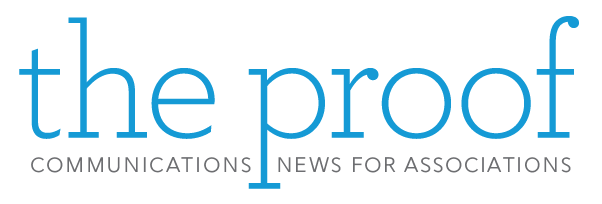
Leading any organization is difficult, but association leaders at all levels have faced challenges not previously experienced. Not only did the pandemic fundamentally change the way associations handled revenue-generating events such as conferences, but retention of members required extraordinary changes for some associations that delayed or discounted membership fees or offered “hold” status for some members.
As associations looked for ways to do more with less, some leaders turned to external resources or demanded more of internal departments and volunteer committees, but author Tom Kimbis describes a different, more productive approach that focuses on interdepartmental initiatives. This approach maximizes the knowledge and abilities of individuals who can contribute to an issue’s solution, even if they are not in the department most impacted. Not only does this provide a fresh perspective on a problem, but it breaks down silos within the organization and promotes cross-department brainstorming – which usually results in innovative approaches to old problems.
Another benefit of turning to multidisciplinary groups to develop solutions or advise top leaders on strategy is the opportunity to identify future association leaders. Associations can also demonstrate the value of growing leaders through its publications, webinars, and news centers.
The Colorado Nursery & Greenhouse Association offers its members advice on how to turn an employee into a leader by describing the four stages of development in an article on its news center page.
A study by McKinsey & Company identified the mindsets and practices of excellent CEOs – information that leaders at all levels and in all organizations can use as a guide to further developing their skills.
Study authors identified six elements of the CEO role and three practices for each role that define “excellence.” Two examples of their results include:
-
Corporate Strategy: Focus on beating the odds.
- Vision: Reframe what winning means
- Strategy: Make bold moves early
- Resource allocation: Stay active
-
Personal Working Norms: Do what only you can do
- Office: Manage time and energy
- Leadership model: Choose authenticity
- Perspective: Guard against hubris
For the complete article and description of results click here.







